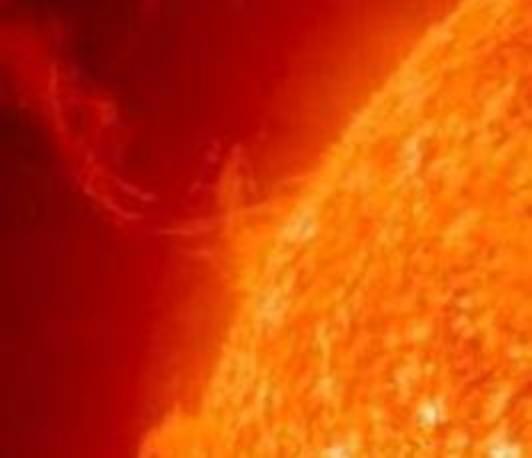ESPOS: How BRADPIT could help us in flare forecasting through small AR activity monitoring (Augustin André-Hoffmann)
ESPOS
- Date: Feb 27, 2025
- Time: 11:00 AM c.t. - 12:00 PM (Local Time Germany)
- Speaker: Augustin André-Hoffmann
- The Solar Physics and Space Plasma Research Centre, University of Sheffield, UK
- Room: https://zoom.us/j/165498165
- Host: Shahin Jafarzadeh

The Sun is a dynamic star, displaying activities ranging from subtle, short-lived events to major coronal mass ejections (CMEs) and powerful flares. Differentiating between “flaring” and “non-flaring” active region (AR) configurations is critical for heliophysics research. This study investigates whether small to medium-scale activity in ARs holds clues about their eruptive potential and future behaviour. Using data from the Atmospheric Imaging Assembly (AIA) and the Helioseismic and Magnetic Imager (HMI) onboard the Solar Dynamics Observatory (SDO), we analyse transient brightenings and their relationship to the magnetic polarity inversion line (PIL) in ARs. We observe significant differences between pre-flaring and non-flaring ARs in terms of the spatial distribution and temporal evolution of transient brightenings around the PIL. Key parameters include the number, intensity, and magnetic flux of brightenings over time, as well as their behaviour across multiple wavelengths. These variations offer insights into the Sun’s atmospheric dynamics and the mechanisms driving major flares and – in case of coronal mass ejections – eruptions. By understanding the pre-eruptive activity in ARs, we aim to improve solar event prediction capabilities and advance our knowledge of the relevant dynamics.